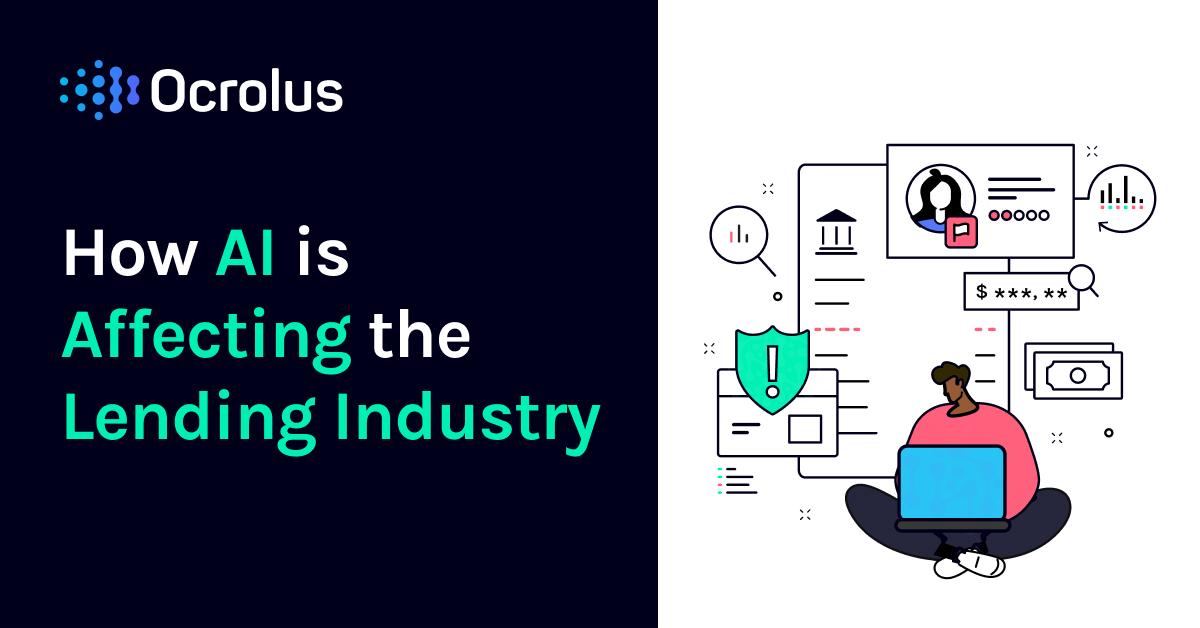AI in Lending: How Technology Is Changing Loan Approvals
Introduction
The lending landscape is undergoing a seismic shift thanks to advancements in artificial intelligence (AI). As conventional banks and financial institutions struggle with outdated processes,AI technology offers a streamlined approach to loan approvals,enhancing efficiency,accuracy,and customer satisfaction. This article will explore how AI is reshaping the lending industry,the benefits it presents to both lenders and borrowers,and practical tips on leveraging this technology.
The Evolution of Loan Approvals
Traditionally, loan approvals were marred by lengthy applications and extensive paperwork. Lenders relied heavily on credit scores and human judgment, which often resulted in biases and inefficiencies. With the advent of AI, the process has become more automated and data-driven, leading to faster responses and improved decision-making.
how AI is Transforming Loan Approvals
AI enhances the loan approval process through various innovative methods:
- Data Analysis: AI algorithms analyze vast amounts of data quickly, enabling lenders to assess borrowers’ creditworthiness beyond traditional metrics.
- Risk Assessment: AI can identify potential risks by discerning patterns in borrowers’ financial behavior, allowing for more accurate risk evaluations.
- Automated Underwriting: Machine learning models streamline the underwriting process by evaluating applications in real time, thus reducing the time taken for approvals.
- Fraud Detection: AI algorithms continuously learn from transactions to identify and flag suspicious activities, enhancing security in lending.
- Personalized Offerings: With predictive analytics, lenders can tailor loan products to meet the specific needs of borrowers.
Benefits of AI in Lending
the integration of AI into the lending process brings numerous advantages:
1. Improved Efficiency
Automated processes reduce the workload on human staff, allowing them to focus on more complex tasks.
2. Enhanced Decision-Making
AI provides insights that led to data-driven decisions, minimizing bias and promoting fairness in lending.
3. Faster Approvals
The speed of AI-driven evaluations results in quicker loan approvals, which is crucial for borrowers in urgent need of funds.
4. Cost Reduction
Streamlined processes translate into lower operational costs, which can result in better interest rates for borrowers.
Practical Tips for lenders Implementing AI
If you’re a lender looking to utilize AI in your loan approval process,consider thes practical tips:
- Invest in Quality Data: Ensure that your data is accurate,relevant,and comprehensive as AI models rely heavily on data quality.
- Compliance is Key: Stay updated with regulations regarding data privacy and security to protect yourself and your customers.
- Choose the Right AI Solutions: Assess various AI tools and select one that fits your specific operational needs and goals.
- Focus on Training: Provide your team with training on how to effectively leverage AI tools to enhance productivity.
- Regularly Monitor Performance: Continuously assess the performance of your AI systems and make necessary adjustments for optimization.
Case Studies: AI in Action
here are two case studies highlighting how AI is revolutionizing loan approvals:
| Company | AI application | Result |
|---|---|---|
| Upstart | Using AI to assess non-traditional data | 70% of loans approved for borrowers with no standard credit history. |
| zestfinance | Machine learning for risk assessment | Reduced default rates by identifying high-risk borrowers more accurately. |
Real-Life Experiences with AI in Lending
Many lenders have shared positive experiences after implementing AI solutions. as an example,a medium-sized lender noticed a significant decline in turnaround time for loan applications—from days to mere hours. Additionally, borrowers reported greater satisfaction due to quicker responses and more personalized interactions, leading to higher rates of loan acceptance.
Conclusion
Artificial intelligence is at the forefront of transforming loan approvals, making the process more efficient, fair, and accessible. As technology continues to evolve, lenders who embrace AI will not only enhance their operational capabilities but also improve customer experiences substantially. By integrating AI into their lending processes, institutions stand to gain a competitive edge in an increasingly digital financial landscape. It’s time to harness the power of AI and reshape the future of lending for the better.

